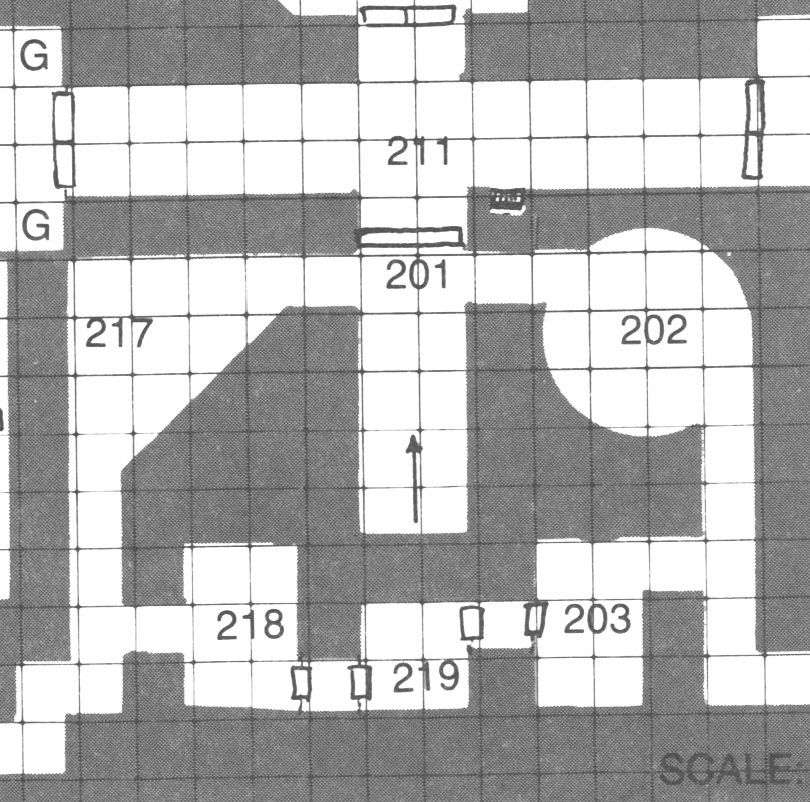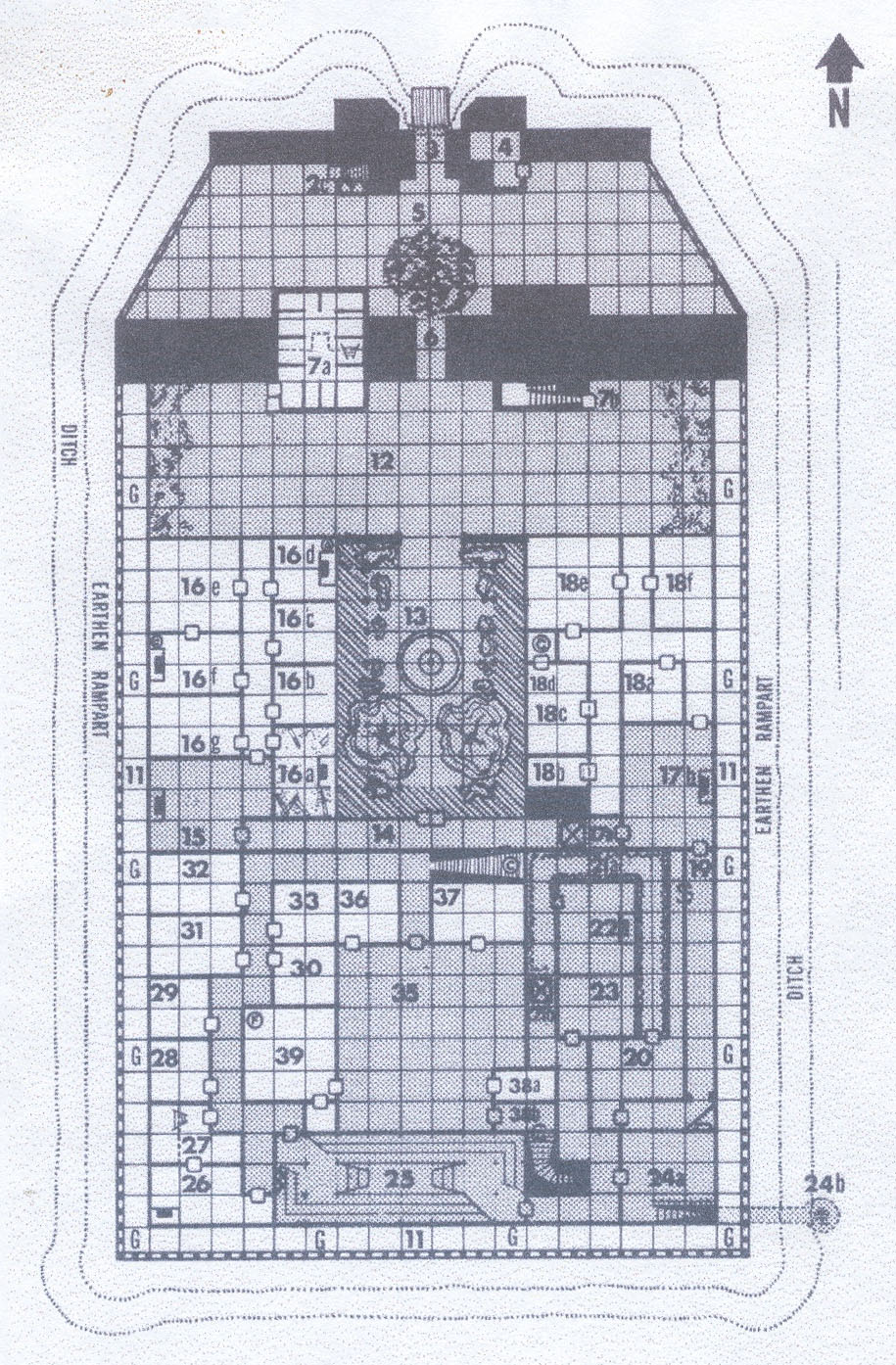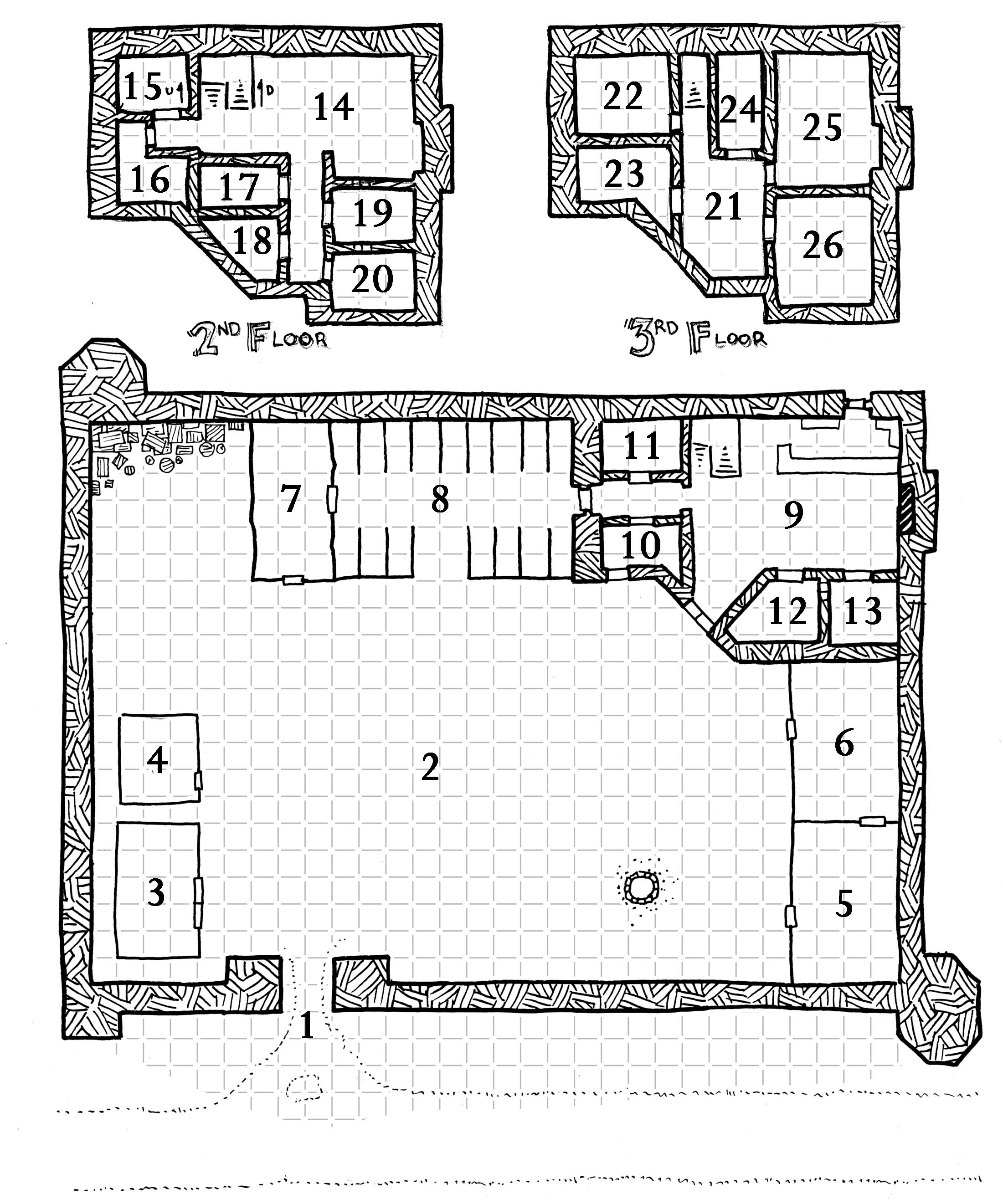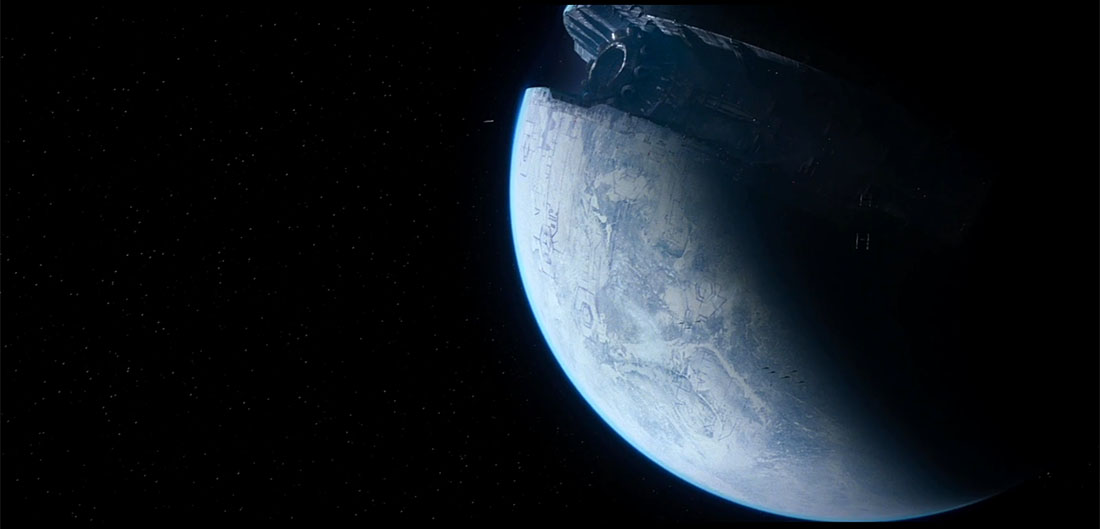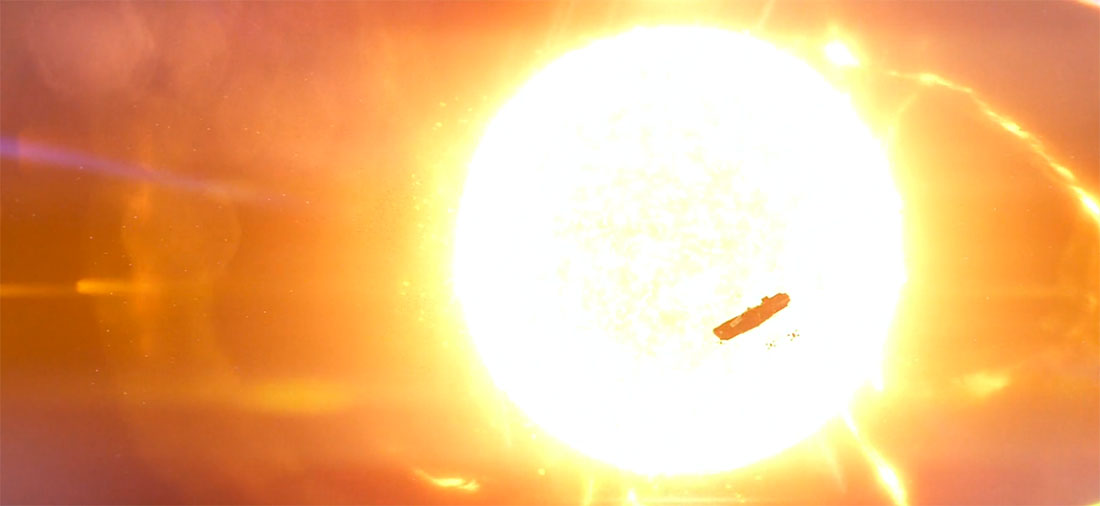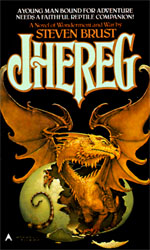 Now that we’ve discussed the totality of making a ruling from beginning to end, I want to discuss a handful of advanced techniques – various tips and tricks I’ve picked up or created over the years.
Now that we’ve discussed the totality of making a ruling from beginning to end, I want to discuss a handful of advanced techniques – various tips and tricks I’ve picked up or created over the years.
We’ll start with fortune positioning. As we’ll discuss in detail in a moment, this is a really valuable concept revolving around the point at which you roll dice (the fortune) during the process of resolving an action, and what happens before and after you roll those dice. Before we begin, however, I need to briefly discuss the history of this terminology to clear up some difficulties.
The basic principles of fortune positioning were first laid out by Ron Edwards, who coined the terms fortune in the middle and fortune at the end to describe unexamined practices that had been hanging around the hobby for decades. They were useful terms and they caught on. A few years later, however, Ron Edwards decided to redefine the terms because he’d decided that it didn’t actually have anything to do with mechanics (despite the use of mechanics being in the damn name). Around this same time period, he also decided that fortune at the beginning didn’t exist (which, as we’ll see, is also wrong). The result was a complete muddle, but since Edwards had coined the terms his nonsense follow-up held a great deal of sway. People tried to solve the problems Edwards had created with various patches (you’ll see people using terms like “with teeth” if you go poking around), but this just sort of added to the confusion and debasing of the terminology.
With the terms being thoroughly mucked up, therefore, I had to make a decision about whether I should abandon them entirely (and try to come up with new terms to cover the same territory) or just clarify that people should ignore the later nonsense. After considerable thought, I decided that the concept of “fortune positioning” was too intuitively obvious to discard, so I’m sticking with it (and you get this preamble explaining why).
Final note here: Any time I talk about “fortune” or “rolling the dice”, that’s shorthand for any sort of action resolution. These concepts are generally most applicable to mechanical resolution (whether that involves rolling dice or not), but they have some applicability even on the spectrum of GM fiat.
FORTUNE AT THE END
Fortune at the end seems to be what most GMs and groups default to. (I’m not sure if that’s because it’s actually clearer and conceptually simpler, or if it’s just a legacy of D&D’s wargame-derived mechanics and familiarity makes it seem more natural.) With fortune at the end you:
- Establish method.
- Check the fortune.
- Describe the result.
You say, “I want to shoot the blade runner!” (Establish intention.) You make an attack roll. (Check the fortune.) And the mechanical result tells you whether the intention succeeded or failed. (You either hit the target or you miss them, which means you can now describe that end result.)
FORTUNE AT THE BEGINNING
Fortune at the beginning is a technique in which you ask the mechanics what happens and then you use the mechanical result to decide what you attempt. To put it another way, fortune at the beginning means putting the mechanical resolution between the statement of intention and the statement of method.
- Indicate intention.
- Check the fortune.
- Determine method.
- Describe the result.
Whereas fortune at the end has a player activate character expertise to determine whether or not the method they’ve proposed succeeds, fortune at the beginning has the player activate character expertise to tell them what method the character would use to achieve a general intention.
This can be useful when playing out a social situation: You state your intention (“I want to convince the Duke to give us troops”), then make your Diplomacy check, and then use the outcome of the Diplomacy check to inform how you roleplay the scene.
Fortune at the beginning is often used in personality mechanics: You make a madness check or you make a check to see if you can resist temptation, and if you can’t that determines how you play the next action (whether it’s running away screaming or turning away from Madame Shadow’s insistent kisses).
I also often see players do things like making an Intelligence check to see whether or not their character is smart enough to think of the idea they just had. (And if they fail, they won’t share it.)
FORTUNE IN THE MIDDLE
Fortune in the middle means that your first action check determines the initial momentum of the attempt, but then the player/character has another choice that can affect the ultimate outcome. So you might make a check to resolve a social encounter, discover that you’ve made a bad first impression, and then have an opportunity to recover from that. (Or just shoot the guy in the head. “It was a boring conversation any way.”)
Basically, fortune in the middle creates an additional decision point in the middle of resolution:
- Establish method.
- Check the fortune.
- Make a secondary decision.
- Check secondary fortune.
- Describe the result.
Sometimes this decision point is actually baked into the mechanics. The use of Fate Points is a simple and common example. Apocalypse World uses a number of “moves” which are resolved with a 2d6 roll in which there is a failure range, a success range, and 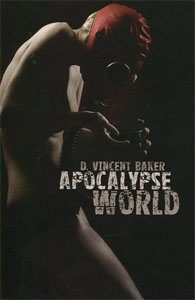 (between the two) a range in which the PC has to make a secondary decision between consequences and/or partial successes.
(between the two) a range in which the PC has to make a secondary decision between consequences and/or partial successes.
Speaking of partial successes, a GM can often resolve a partial success by asking for a fortune in the middle response. They can also be used in other situations: For example, after a successful Dodge roll the GM might ask, “Do you want to duck through the door on your right or behind the wooden crate on your left?”
The resolution of the secondary decision may not require another action check; i.e., whether you duck through the door or behind the wooden crate success is automatic (the GM is defaulting to yes). Alternatively, the options could easily require additional mechanical resolution (and choosing between the form of mechanical resolution could be the primary difference between choices). It’s also possible that only some of the choices would require additional mechanical checks (you need to make a Strength check to bash through the closed door, but you can duck behind the crates automatically).
And, of course, the GM doesn’t have to be the one to come up with the options. “Okay, you succeeded on your Dodge roll. Where do you want to seek cover from the hail of machine gun fire?”
MULTI-STAGE RESOLUTION
The principles of fortune in the middle resolution can be extended to include multiple decision points, opening up the potential for a variety of multi-stage resolution methods.
In my experience, this is a poorly explored region of mechanical design. Probably the most prominent example are the skill challenges from 4th Edition D&D, and those were absolutely terrible to the point where the designers had to completely rewrite the mechanics multiple times within mere weeks of the game being released… and still didn’t fix it.
Dice pool systems have fared a little better because the ability to count a variable number of successes in each dice pool allows for a simple complex skill check mechanic (continue making checks until you’ve achieved X number of successes).
But much like Apocalypse World, other games have begun making specific mechanics which exploit fortune in the middle resolution principles, I think there’s a real potential for more specific multi-stage resolution mechanics (particularly if you start allowing for decision points by those opposing the character or characters carrying out the multi-stage resolution).
But I digress.
What distinguishes multi-stage resolution from simply being a series of discrete actions? Because there’s a single intention and each stage of resolution carries you towards discovering the ultimate outcome of that intention, either through a variety of methods or by the progression of a single method through discrete steps.
USING FORTUNE POSITIONING
Over the years I’ve seen a surprising amount of one-true-wayism when it comes to fortune positioning. This makes little sense to me: The ideal fortune positioning varies by both type of action and the situation in which the action is taken. And even people who aren’t familiar with the terminology will often freely flow from one to the next depending purely on the instinct of the moment
Fortune at the end has simplicity to its advantage: You ask a question of the system, the system provides a yes-no answer.
Fortune at the beginning allows the mechanics to provide you with an improv seed that you can then flesh out accordingly. (This makes it particularly good for determining the outcome of larger actions: The more specific the action the more awkward it can become to resolve with fortune at the beginning. For example, if your mechanics resolve a single attack, fortune at the beginning generally isn’t useful. If they’re resolving an entire fight – or, say, a jousting pass – then they become more useful.)
Fortune in the middle is more complicated, but allows for a richer interplay between the player and the mechanic along with a greater range of potential outcome. It can also focus your attention on the action being resolved, signaling that this particular action is more significant than others.
Each of these has its place. And, as I implied before, trying to rigidly define that place is not always the best answer. (Maybe this time you roll the dice to see how your negotiations with the Duke will proceed before roleplaying it, but next time you’ve got a “surefire” idea for how to seduce the Duchess.) But they’re incredibly useful tools for expanding and varying the experience at the game table, and if you find that your rulings are generally limited to only a single fortuning position, you may find it useful to practice using others until you become comfortable and familiar with them (whether that involves playing games with explicit fortune positioning in their mechanics or simply challenging yourself to explore a particular type of fortune positioning for the next few sessions).

